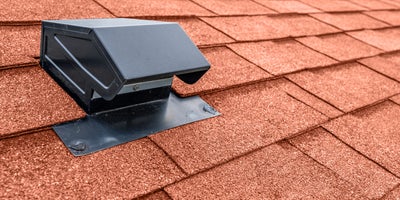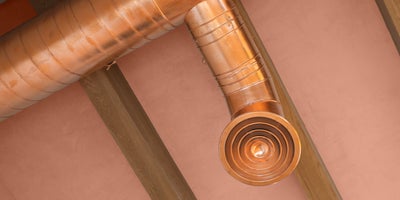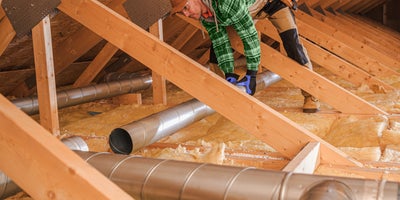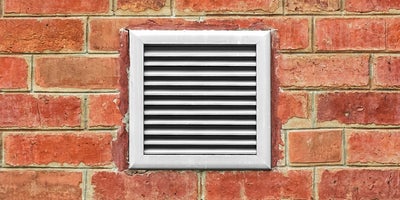Airing out: loft ventilation

Whether you're a seasoned loft-dweller or just starting to explore the idea of sorting out your loft space, understanding the importance of proper ventilation is key to creating a pleasant environment. Whether you want it to be a place for storage or convert it into a liveable space, it needs to be safe. It’s important to be aware of the significance of effective loft ventilation. A well-ventilated loft means saying goodbye to stuffy air, condensation nightmares, and unwanted heat build-up. Discover how good ventilation can breathe new life into your loft and elevate your living experience to new heights.



